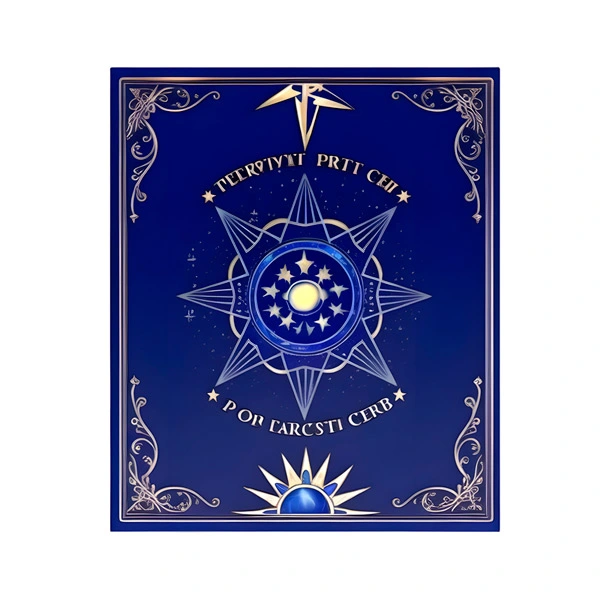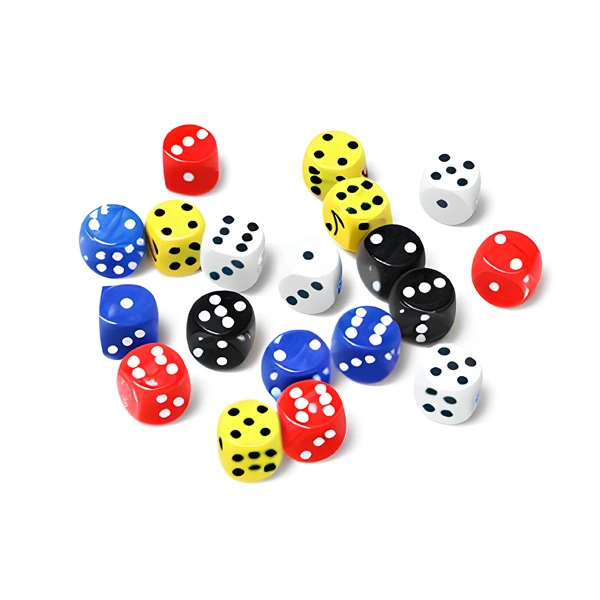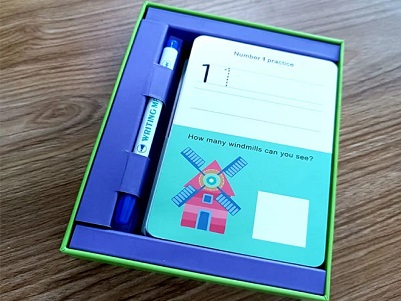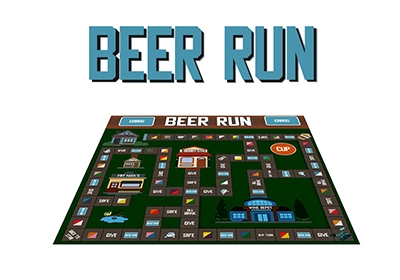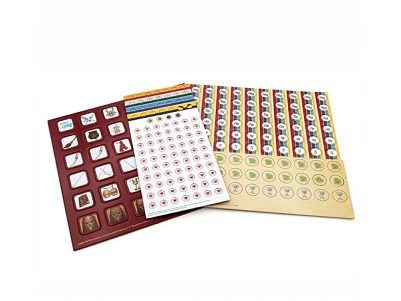
When it comes to the term "tabletop games," many people may think of familiar games like "UNO" and "Werewolf."
However, in reality, tabletop games, as a game genre that predates electronic games, have already exceeded a hundred thousand in number.
Before the completion of this article, according to data compiled on the largest international tabletop game statistics website, BoardGameGeek (BGG), the number of published tabletop games has already surpassed 120,000.

Before delving into these tabletop games, we first need to distinguish between two concepts: traditional tabletop games and modern tabletop games.
The tabletop games we commonly refer to in our daily lives generally pertain to modern tabletop games.
According to the definition of tabletop games themselves – games played on a tabletop using elements like dice, pieces, board models, etc. – games such as Go, Ludo, various poker variations, etc., can be considered tabletop games.
Therefore, we typically categorize those tabletop games with a long history, such as Mahjong, Go, Chess, etc., as traditional tabletop games; those born after the emergence of games like "Monopoly" (1933) are referred to as modern tabletop games.

Monopoly set 1933
The aforementioned BGG also includes a large number of traditional tabletop games, but the quantity is far less than that of modern tabletop games.
With so many tabletop games available, how do you go about selecting one that suits your preferences?
Here, let's first introduce a simple classification method commonly used in China: Euro, German-style, and American-style.
Euro Games
Also commonly referred to as party games, as mentioned later in this article.
The origin of the term "Euro" is unclear, but there are two convincing explanations: firstly, it refers to games that can make players exclaim "Play wool!" due to dramatically random results during play; secondly, it describes games that are as lightweight and logically simple as neatly arranged balls of wool but unpredictable in their development. The author personally tends to favor the former explanation.
German-style Board Games
Sometimes referred to as Eurogames, generally characterized by strong strategic elements. Victory is typically achieved through various scoring mechanisms, with low randomness and an emphasis on long-term planning.
American-style Board Games
Characterized by higher randomness, often involving elements like dice. These games exhibit strong thematic styles and are frequently accompanied by maps and intricate models.
The above method is also a rough and subjective classification, and in recent years, many tabletop games defy such categorization. On BGG, there is a more precise classification that divides tabletop games into eight types (Types). The following will provide detailed introductions to these eight types along with several representative examples for each type.
The following will provide detailed introductions to eight types along with several representative examples for each type.
All tabletop game reference prices are subject to change due to factors such as discounts, fluctuations in reputation, limited editions, etc. Additionally, although the speed of introducing games to China is gradually increasing, most tabletop games are still initially published in their original language, often English. The tabletop games mentioned in this article, except for children's games that the author personally doesn't pay much attention to, are either already or have been translated into Chinese. For children's tabletop games, players typically do not require extensive reading abilities in the original language.

Abstract Strategy Games
Abstract strategy games are a type of tabletop game that doesn't rely on a thematic background and involves minimal luck elements. Almost all abstract strategy games strictly adhere to a definition: they have no random factors, no hidden information, and are typically played by two-player teams taking turns over the same number of rounds.
The most familiar examples of this genre are likely traditional board game such as Go and Chess. In addition, currently, the top three abstract strategy games ranked on BGG are "Azul," "Patchwork," and "Sagrada."
Azul: Stained Glass of Sintra

Release Date: 2017
Ranking: BGG Overall Rank 48, Abstract Games Subcategory Rank 1
Availability of Chinese Version: Yes
Learning Difficulty: Medium-Low (4/10)
Playtime: 15 minutes/player
Azul: Stained Glass of Sintra is an exquisitely illustrated competitive tabletop game designed for 2-4 players. The game unfolds the story of King Manuel I of Portugal, who, after a visit to the Alhambra Palace in Spain, is so impressed by its interior decoration that he feels like a country bumpkin upon returning home. In a hasty response, he summons artists from across the nation, intending to pay "tribute" to the artists of Spain.
.png)
And the players, in this game, take on the roles of these tile-laying artists, tasked with acquiring and placing tiles of various colors to complete their own stained glass sequences. However, making a mistake in choosing the tiles can lead to significant losses! The underhanded tactics hidden beneath the gorgeous surface are an essential part of the competition.

There are three generations in the same series, namely "Azul," "Azul: Stained Glass of Sintra," and "Azul: Summer Pavilion," each with slightly different gameplay. On BGG, the original "Azul" still maintains the highest ratings among the three generations.
Patchwork
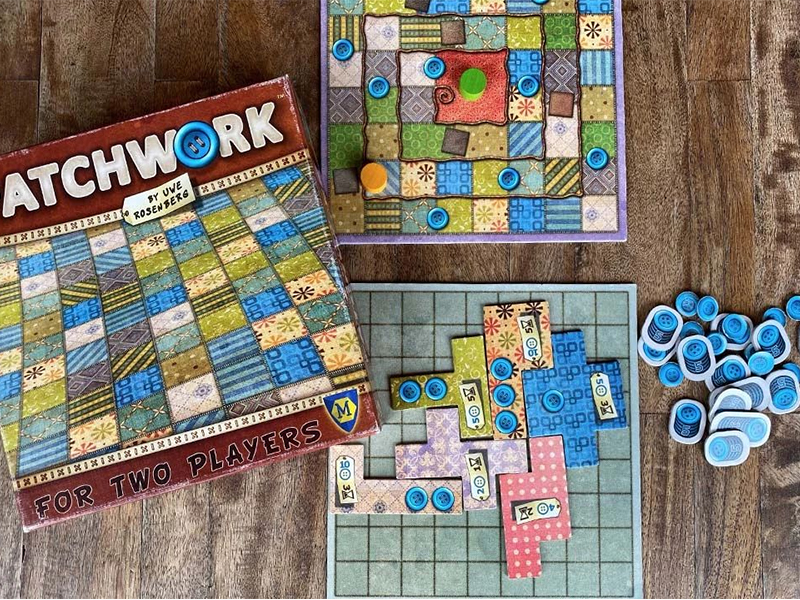
Release Date: 2014
Ranking: BGG Overall Rank 87, Abstract Games Subcategory Rank 3
Availability of Chinese Version: Yes
Learning Difficulty: Low (2/10)
Playtime: 10 minutes/player
Patchwork is a two-player puzzle battle tabletop game that is easy to pick up. In the past, patchwork was a method of using leftover fabric scraps to create clothes and quilts. Today, patchwork is an art form, a means for designers to use precious fabrics to craft beautiful textiles. Especially when using a variety of uneven fabrics, true masterpieces can be created.
Players on both sides need to spend buttons to acquire differently shaped fabric patches from the common area, placing them on their personal 9x9-sized boards. The objective is to fill each square as much as possible, creating a complete piece of fabric. Players must also pay attention to acquiring buttons, obtaining patches, and the time it takes to sew different fabric pieces. The goal is to fill in more fabric patches and buttons before reaching the end of the time track.
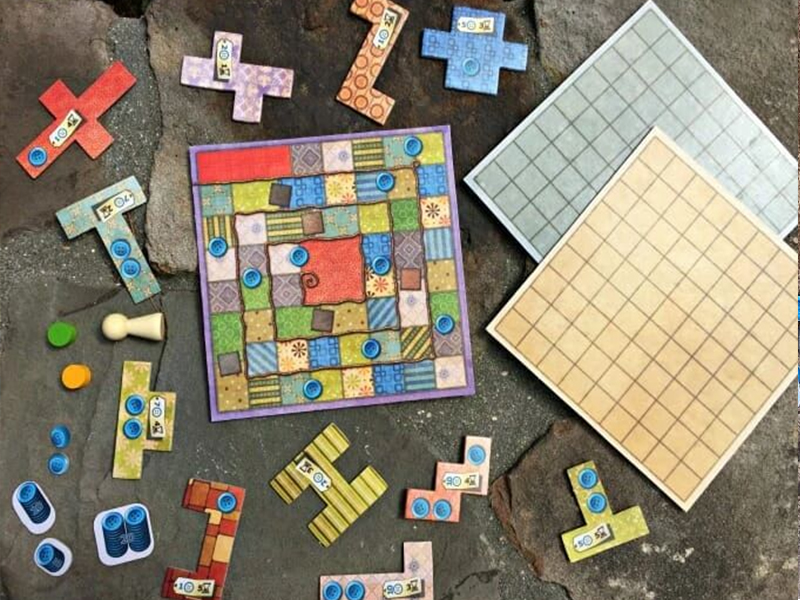
With simple rules, high interactivity, appealing aesthetics, and a moderate price, Patchwork is a classic tabletop game. Currently, there are various versions of Patchwork, including "Patchwork: Doodle," "Patchwork: Express," and the recently released "Patchwork: Chinese Edition" this year.
Sagarda

Release Date: 2017
Ranking: BGG Overall Rank 145, Abstract Games Subcategory Rank 10
Availability of Chinese Version: Yes
Learning Difficulty: Medium-Low (4/10)
Playtime: 10 minutes

ayer
Sagrada, the full name being the Sagrada Familia, is a Catholic basilica located in Spain, adorned with numerous splendid stained glass windows. In this tabletop game of the same name, 2-4 players will take on the roles of architects of the Sagrada Familia, competing with their peers to design the cathedral using colored glass represented by colored dice.
While the game's strategic depth is not exceptionally high, it combines individual action planning with the need to compete for more advantageous resources while avoiding interference from others, capturing two important aspects of strategy games.

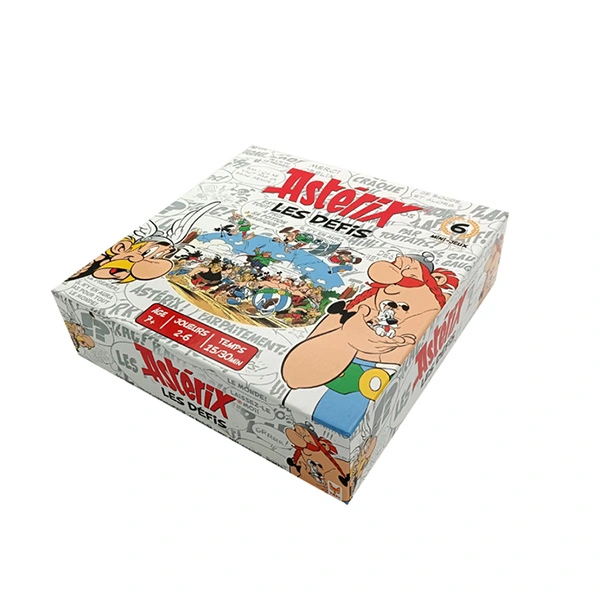
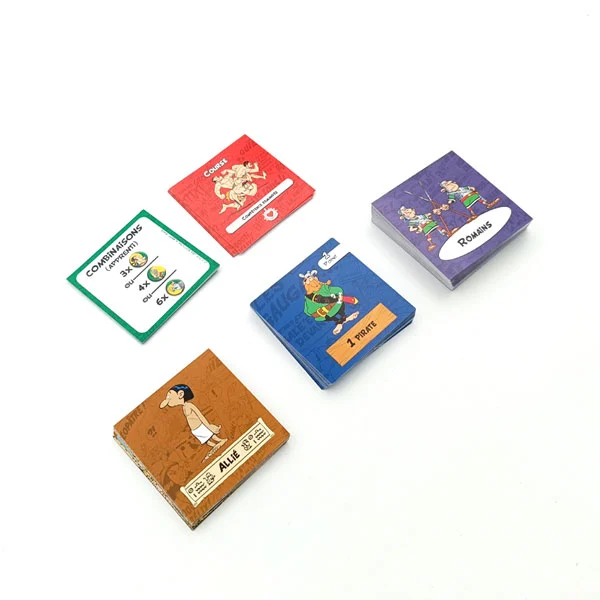
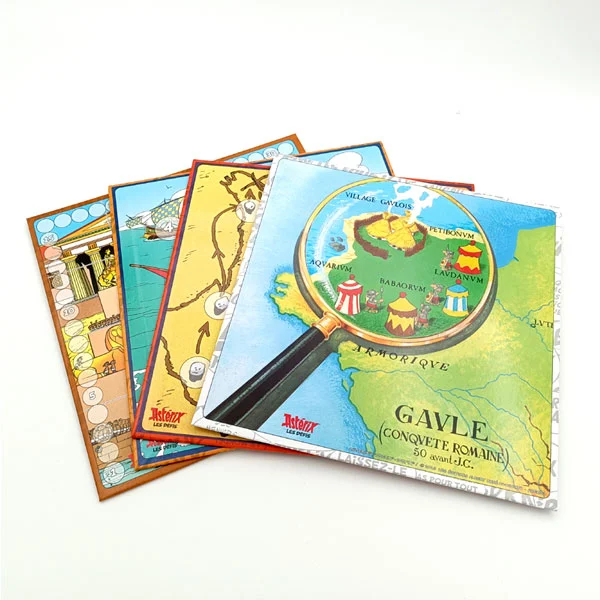
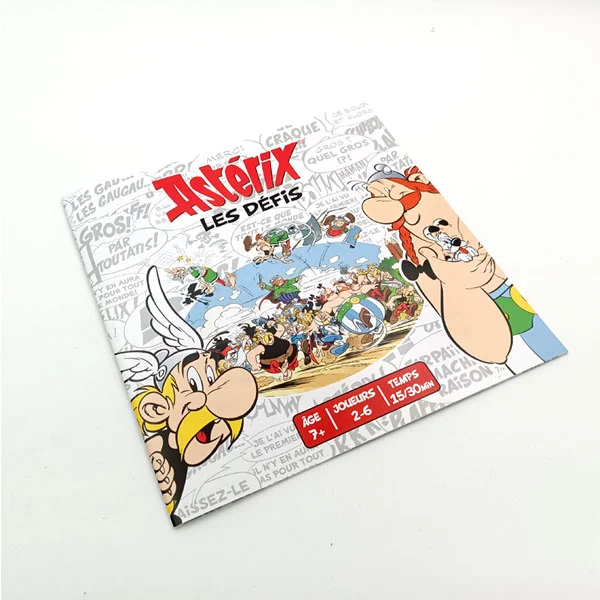
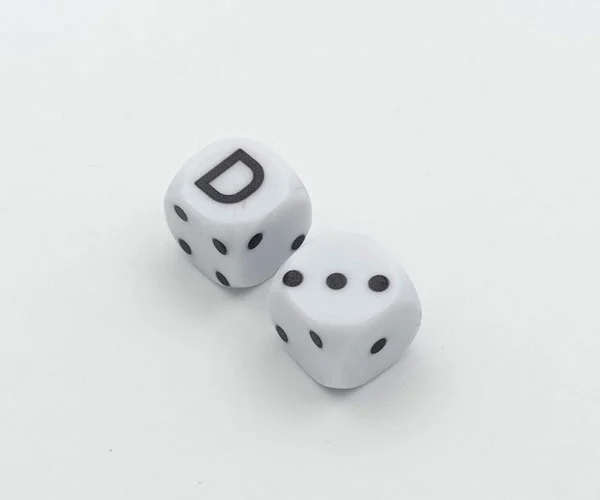
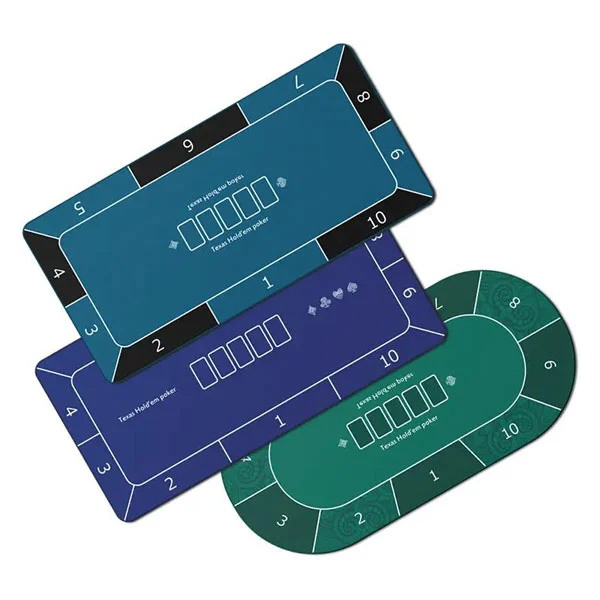
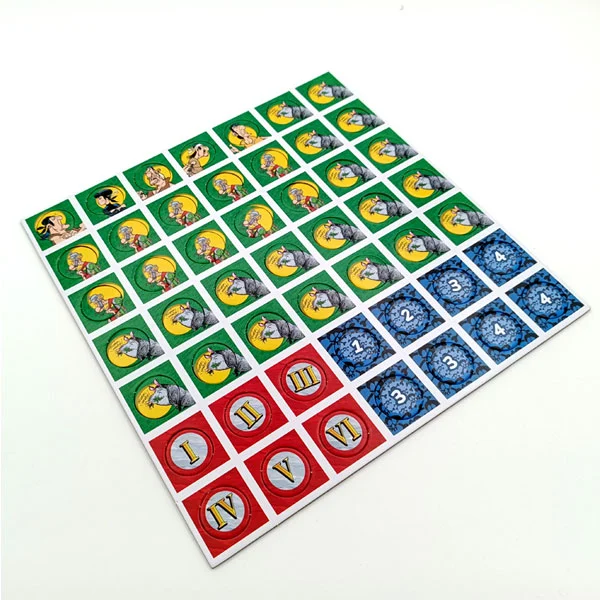

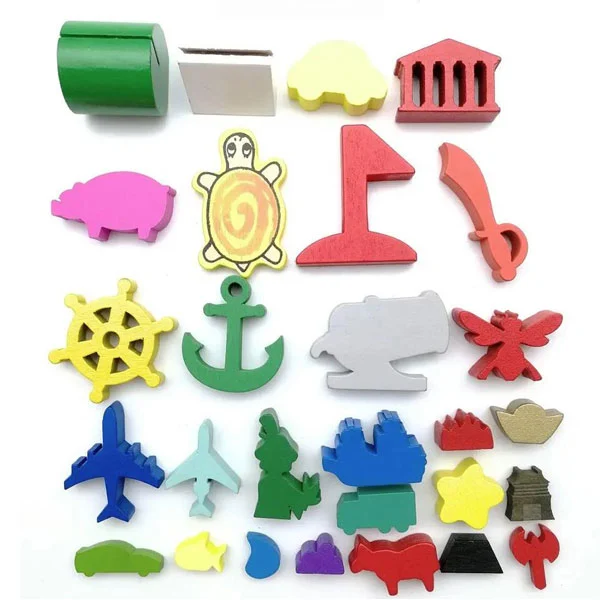

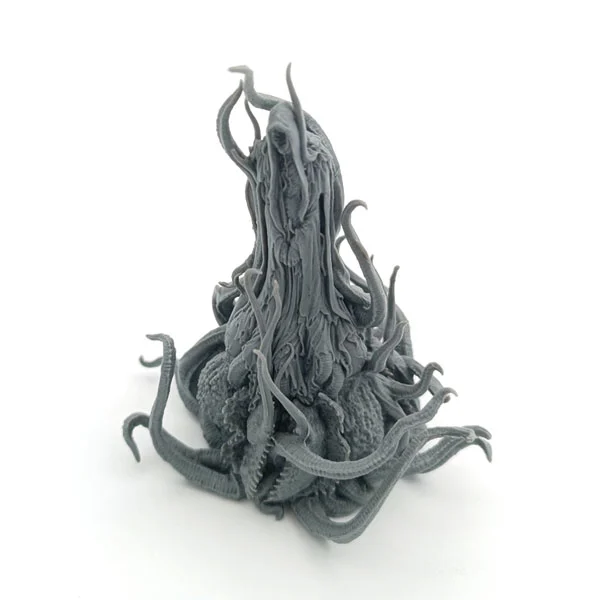
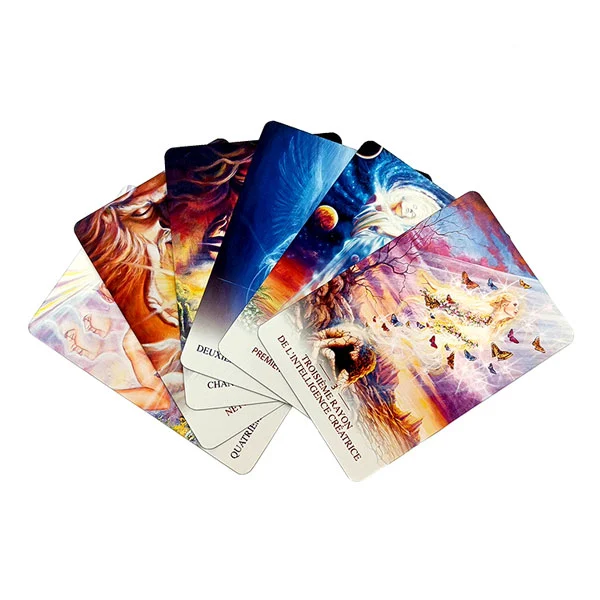
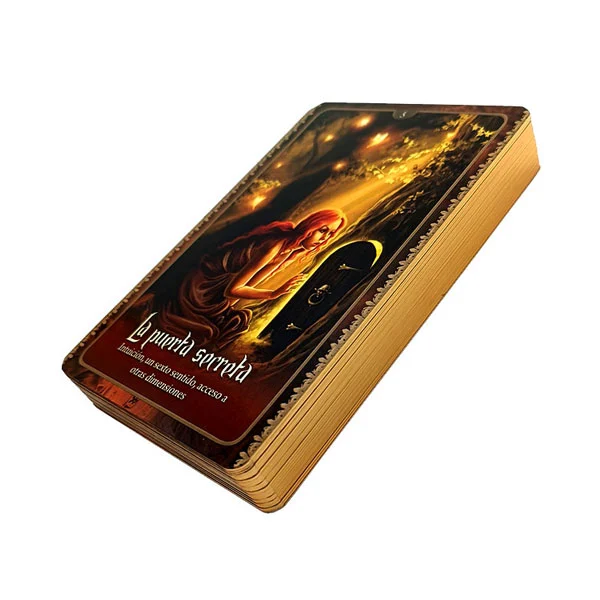
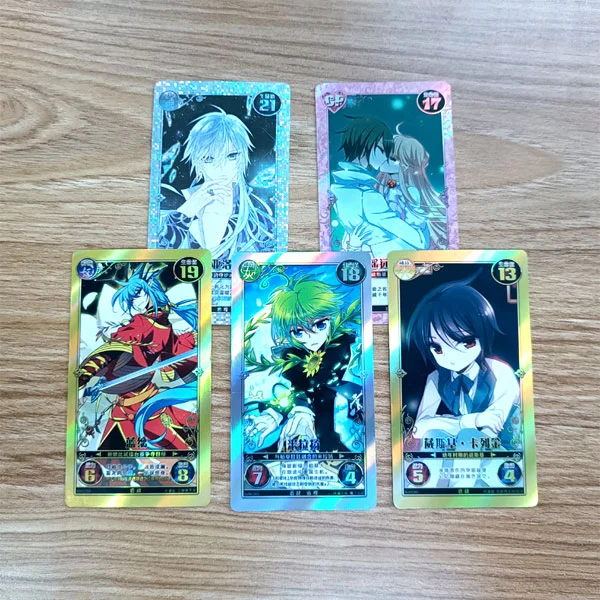
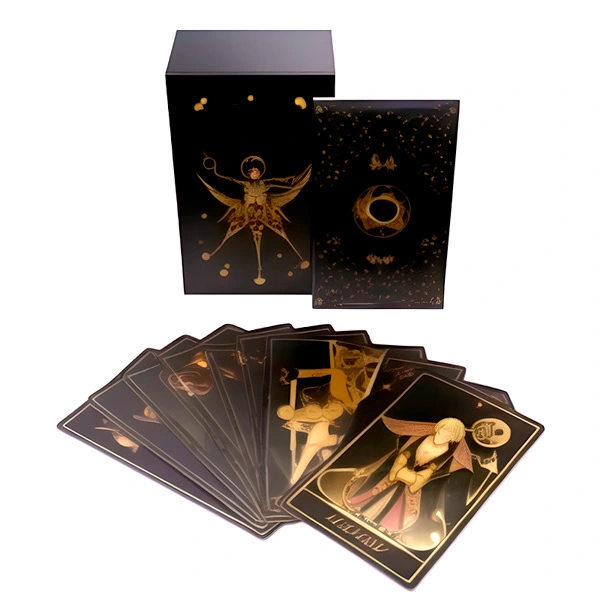
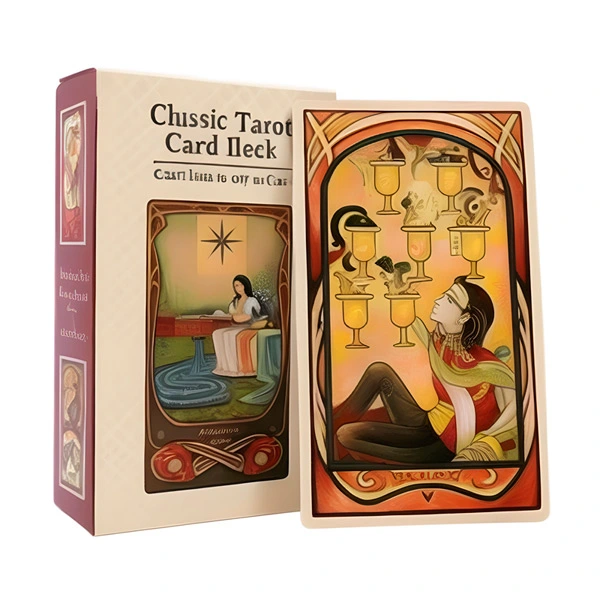
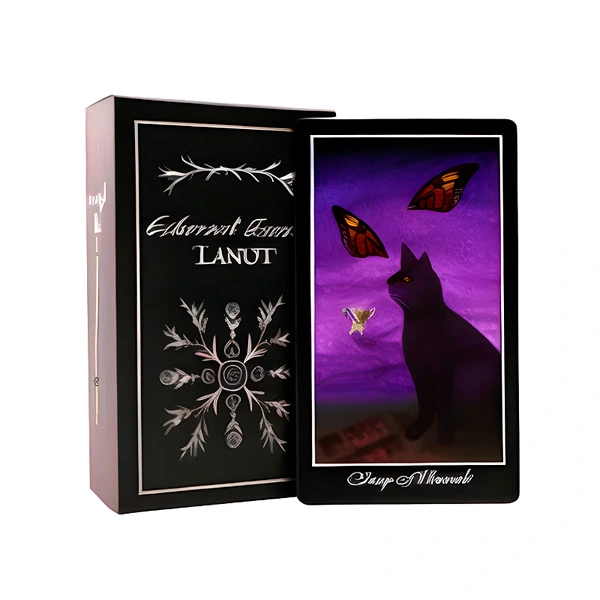
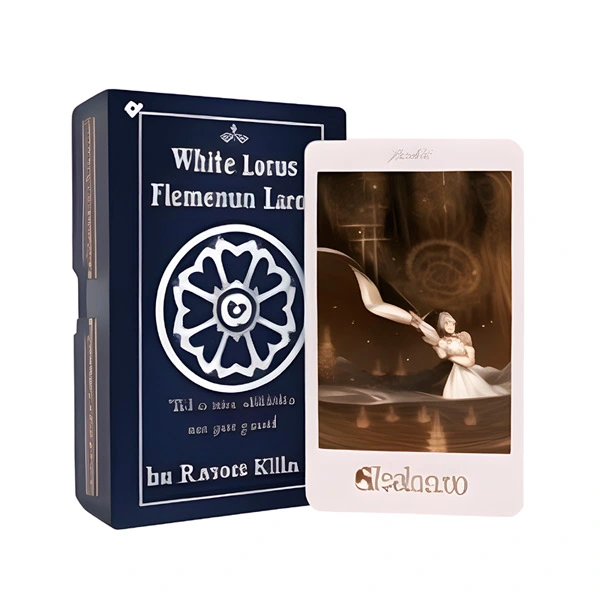
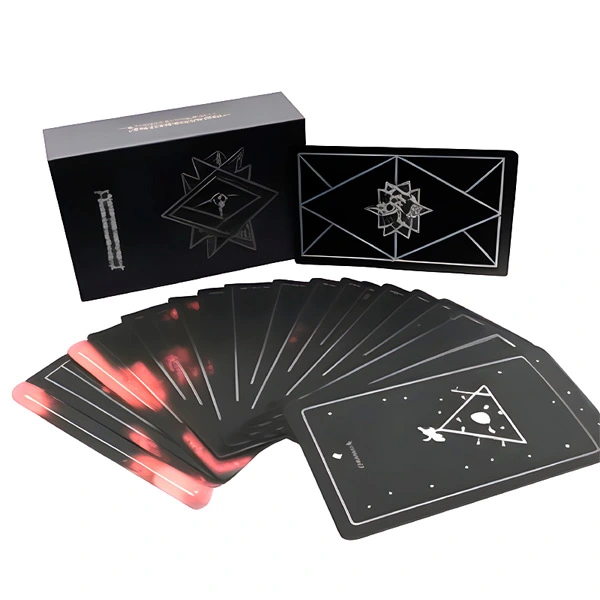
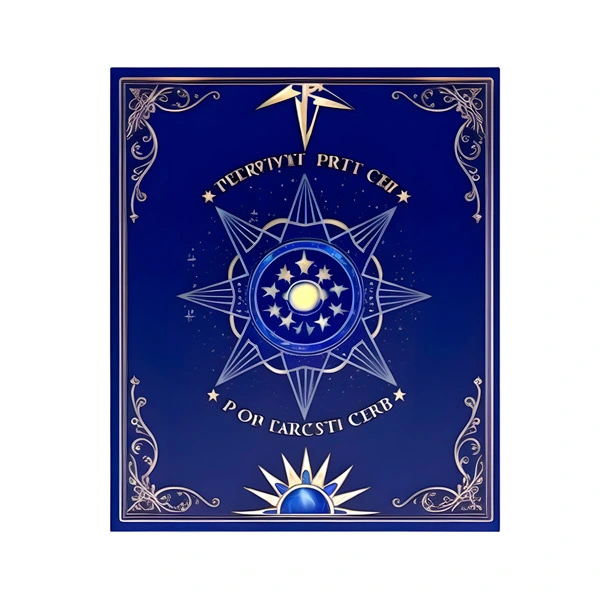
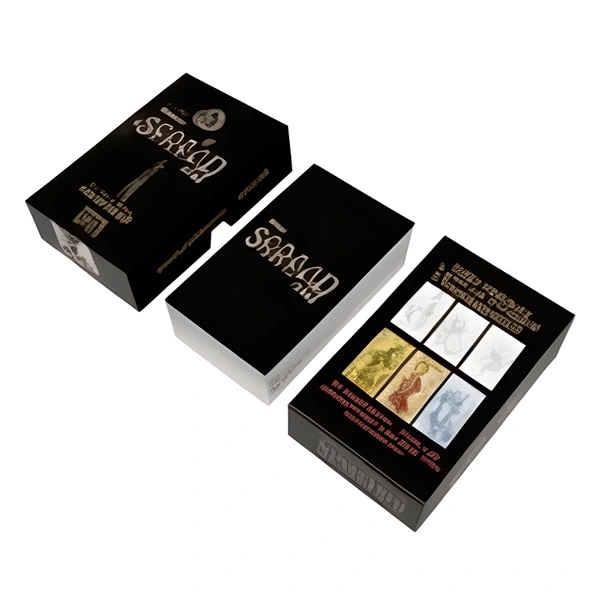
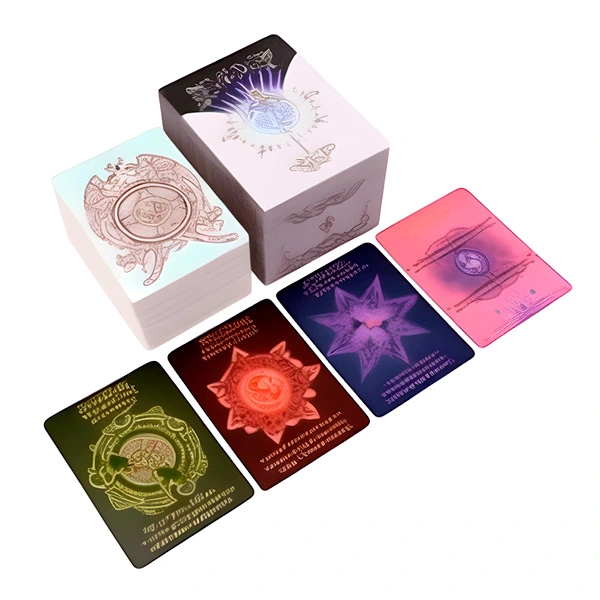
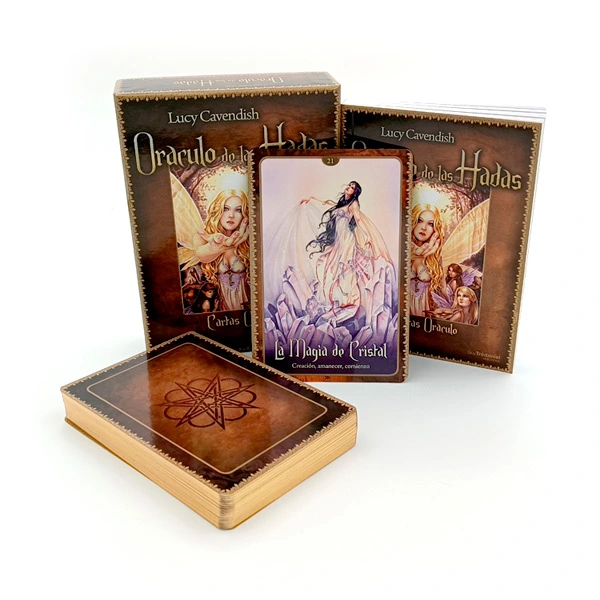
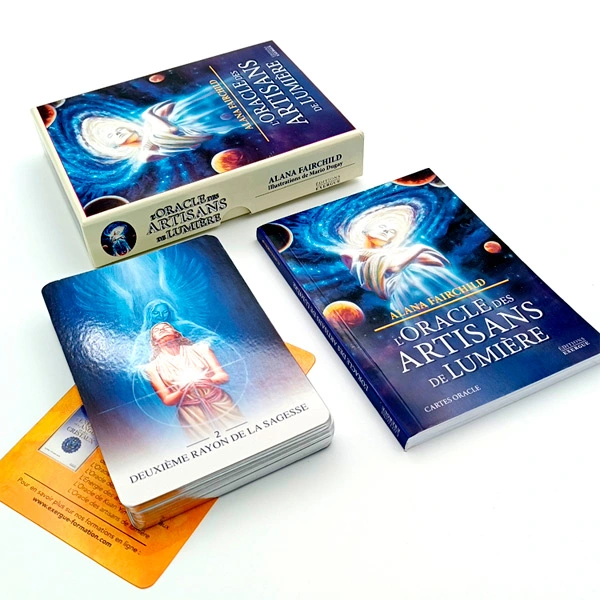

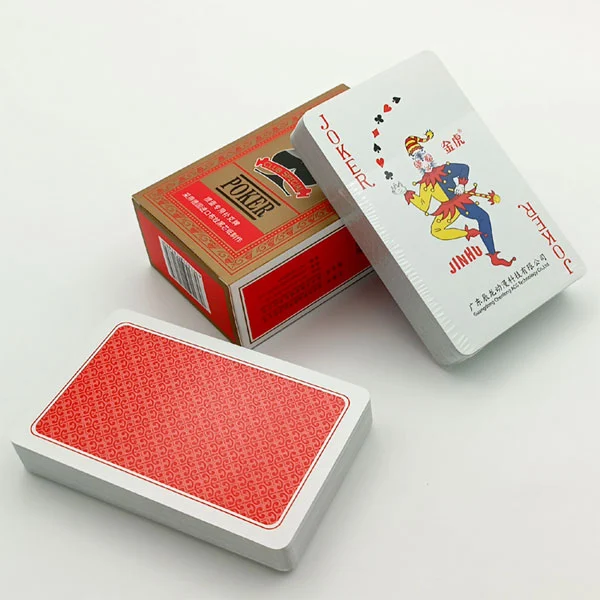

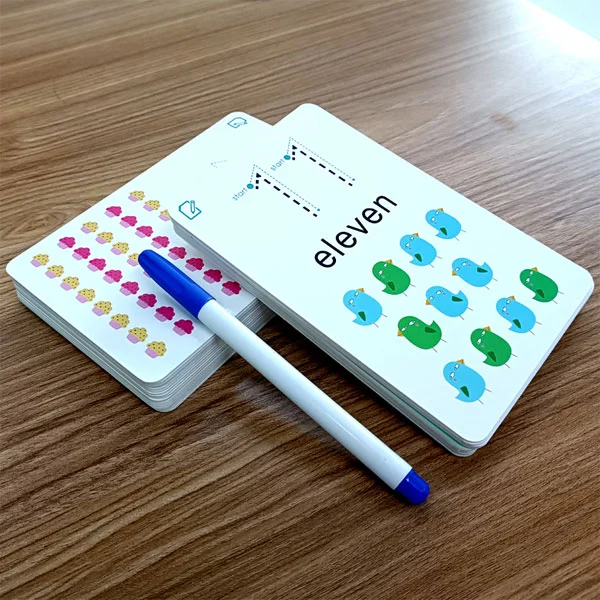
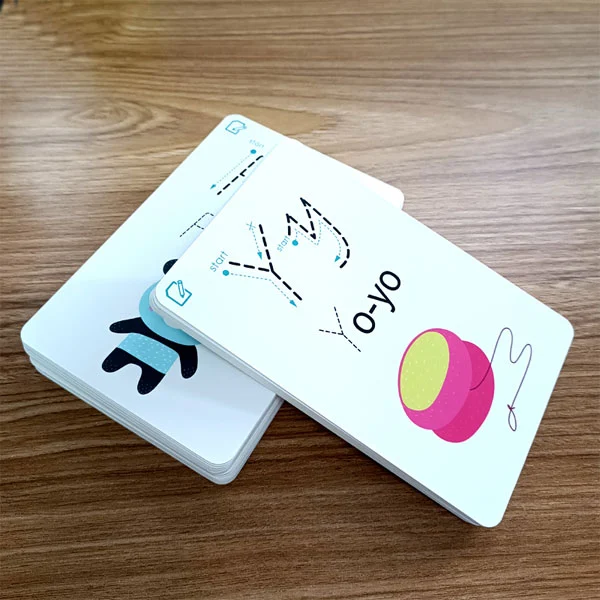





.png)




 ayer
ayer